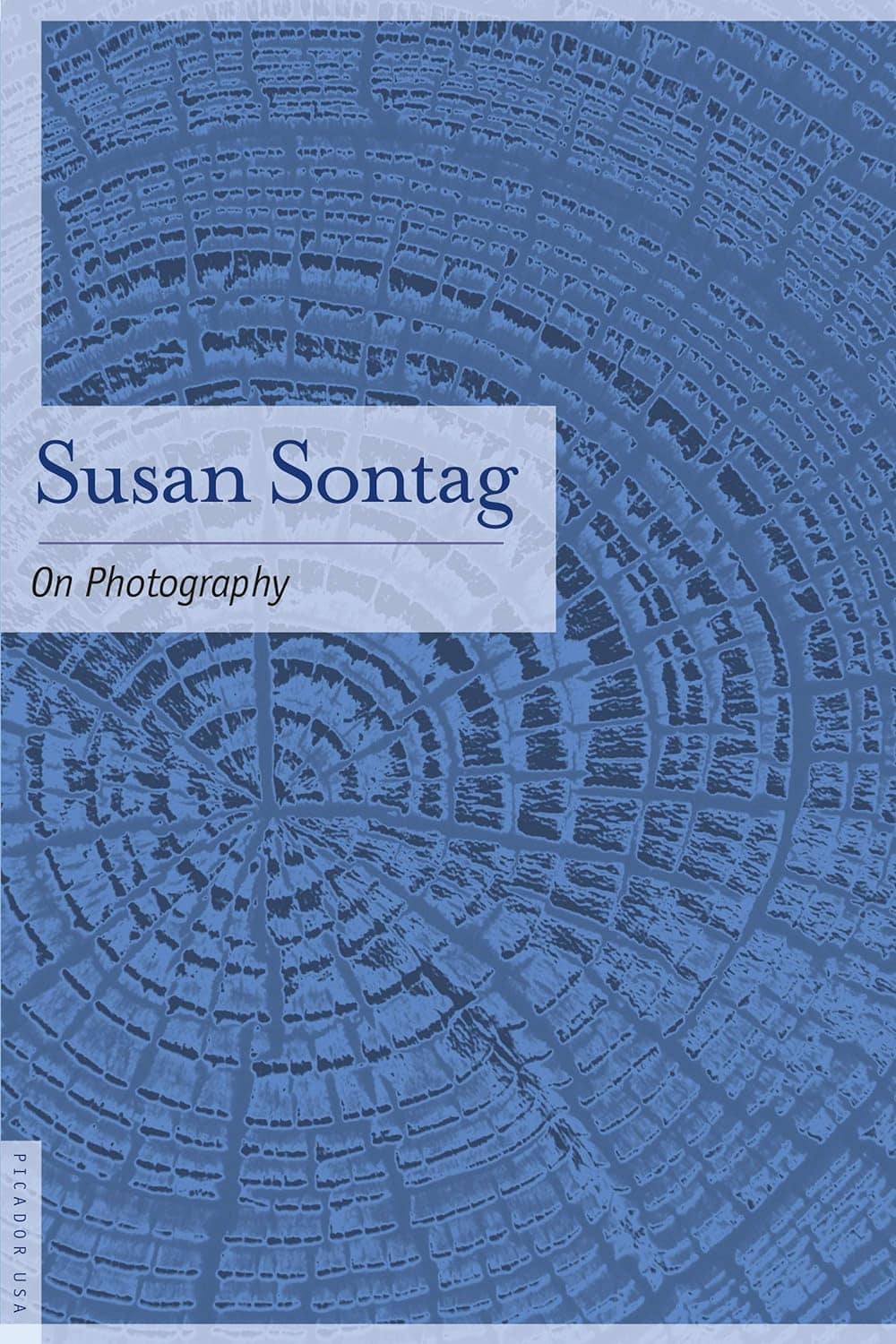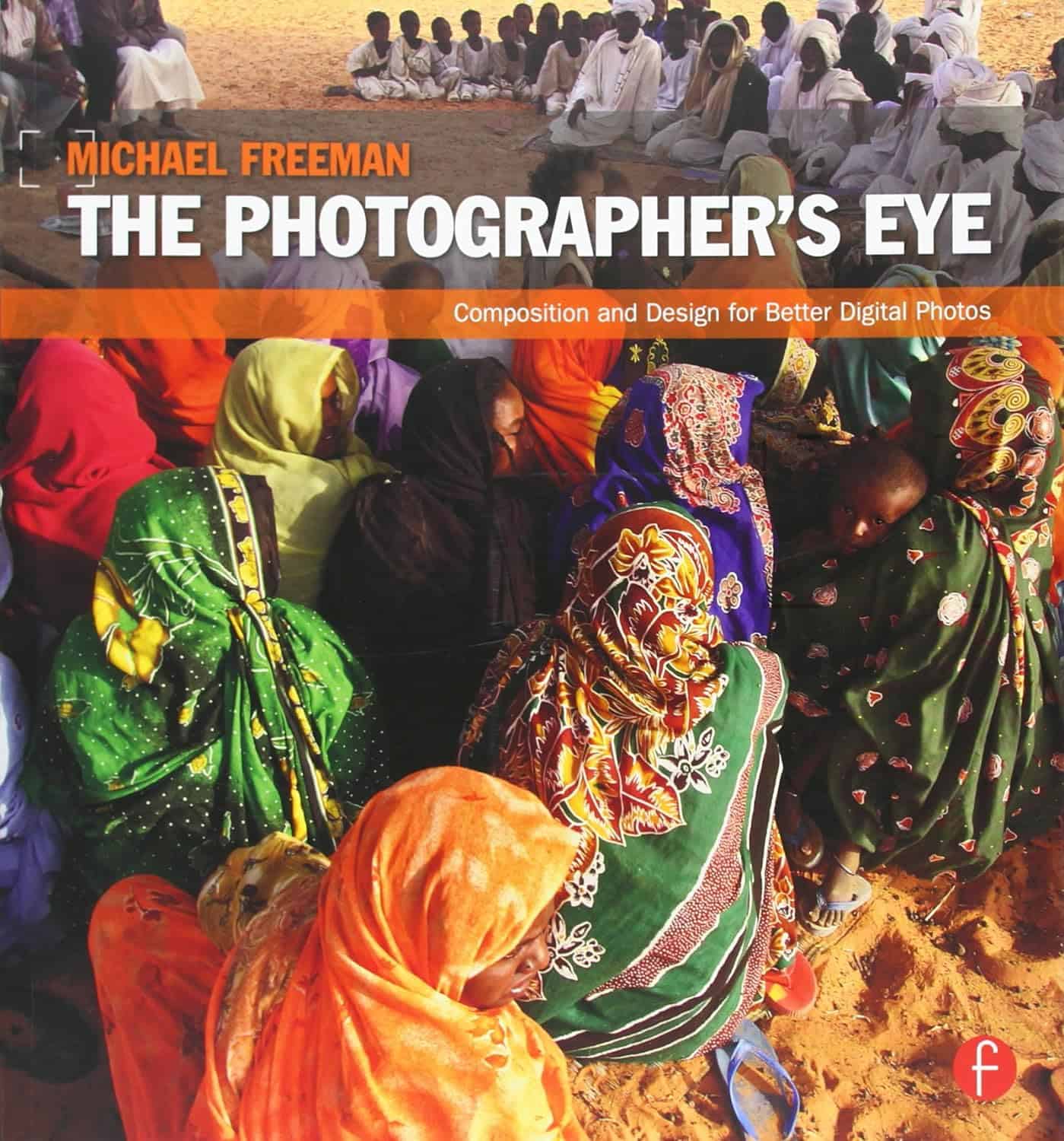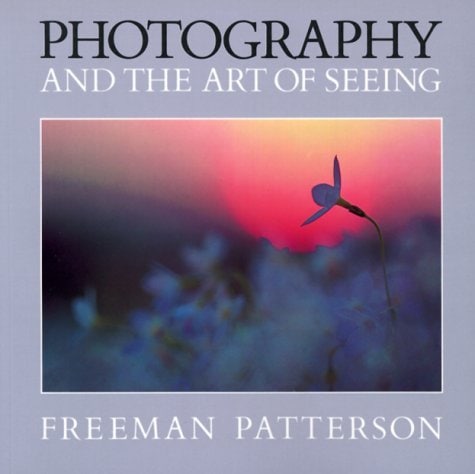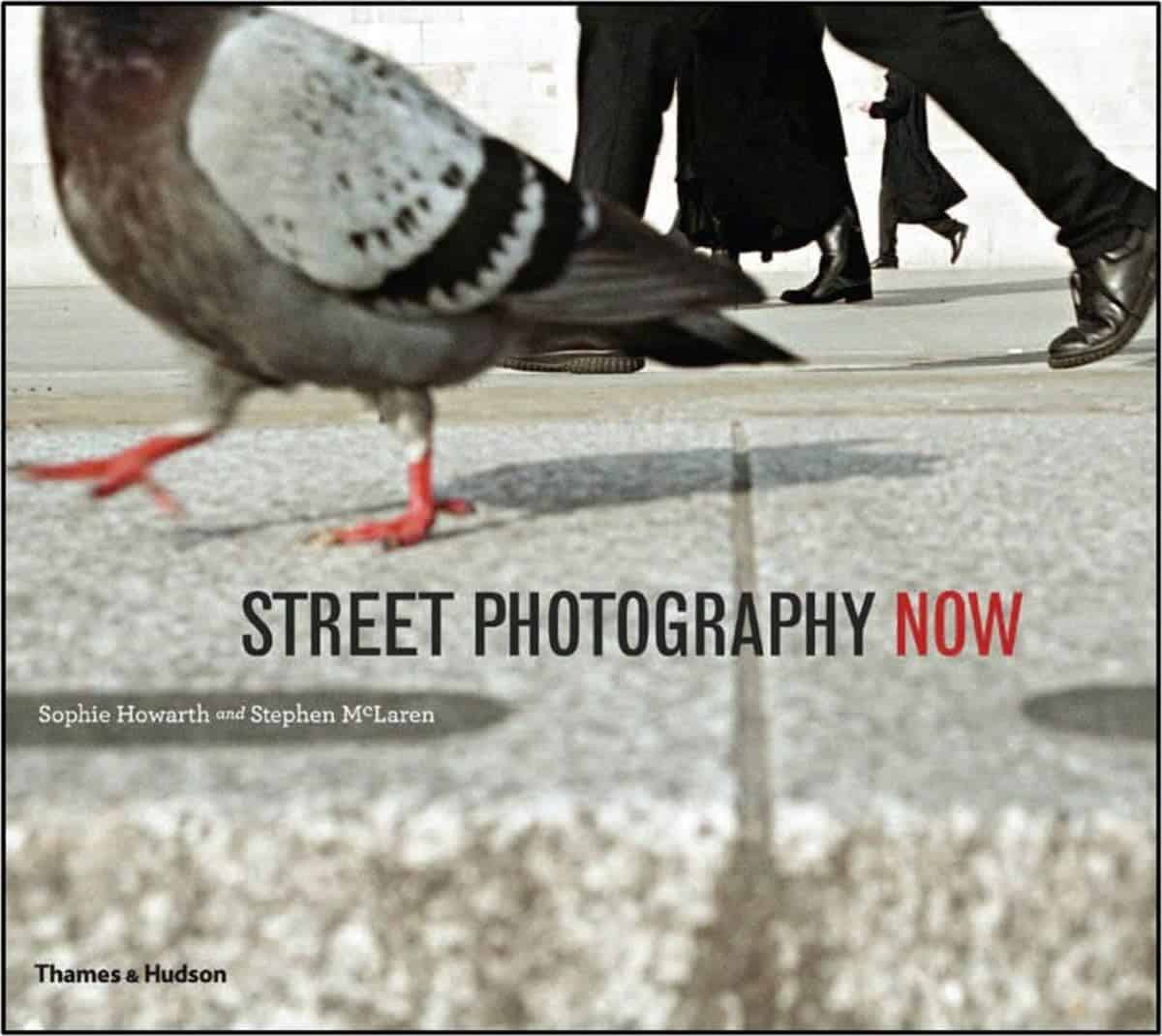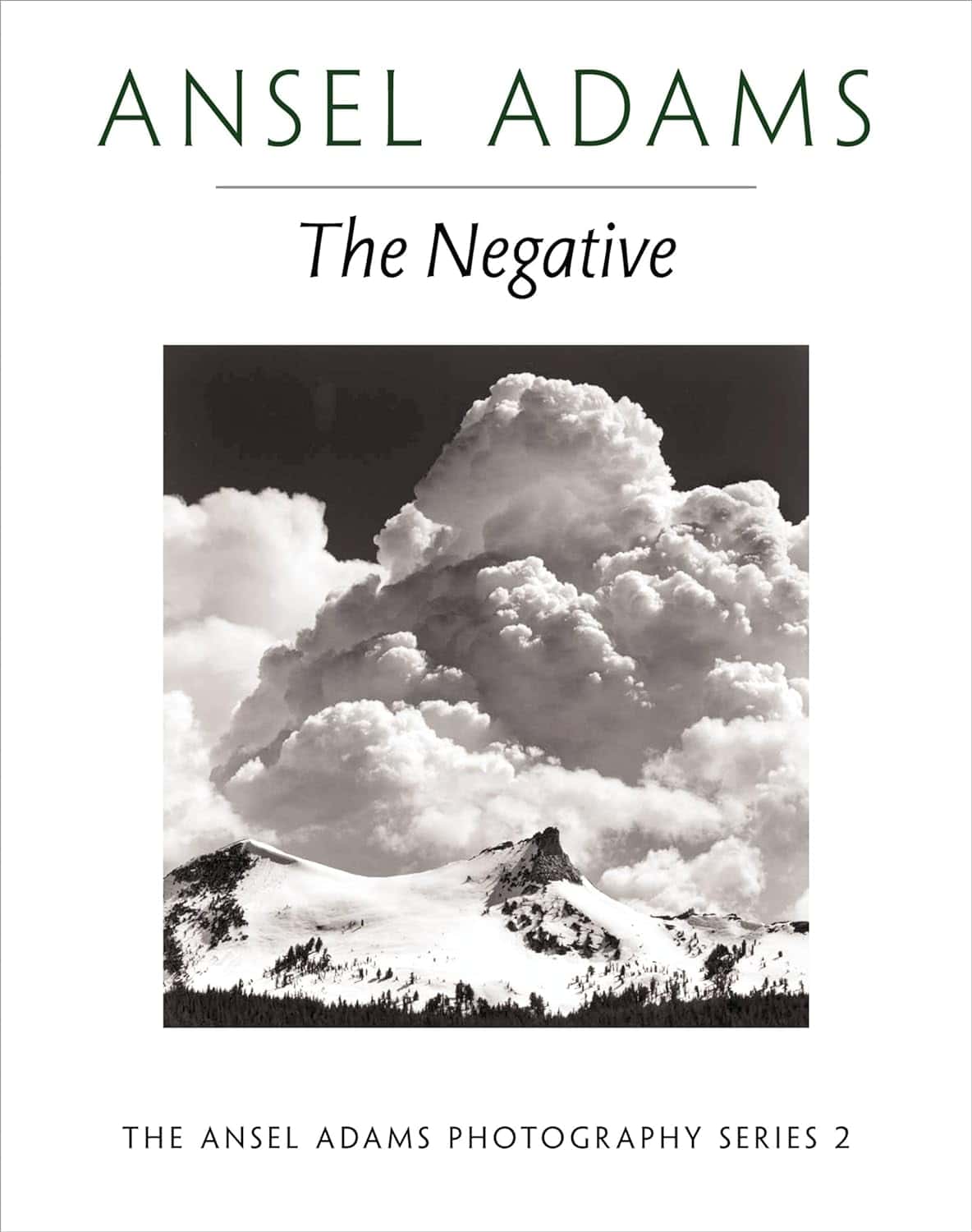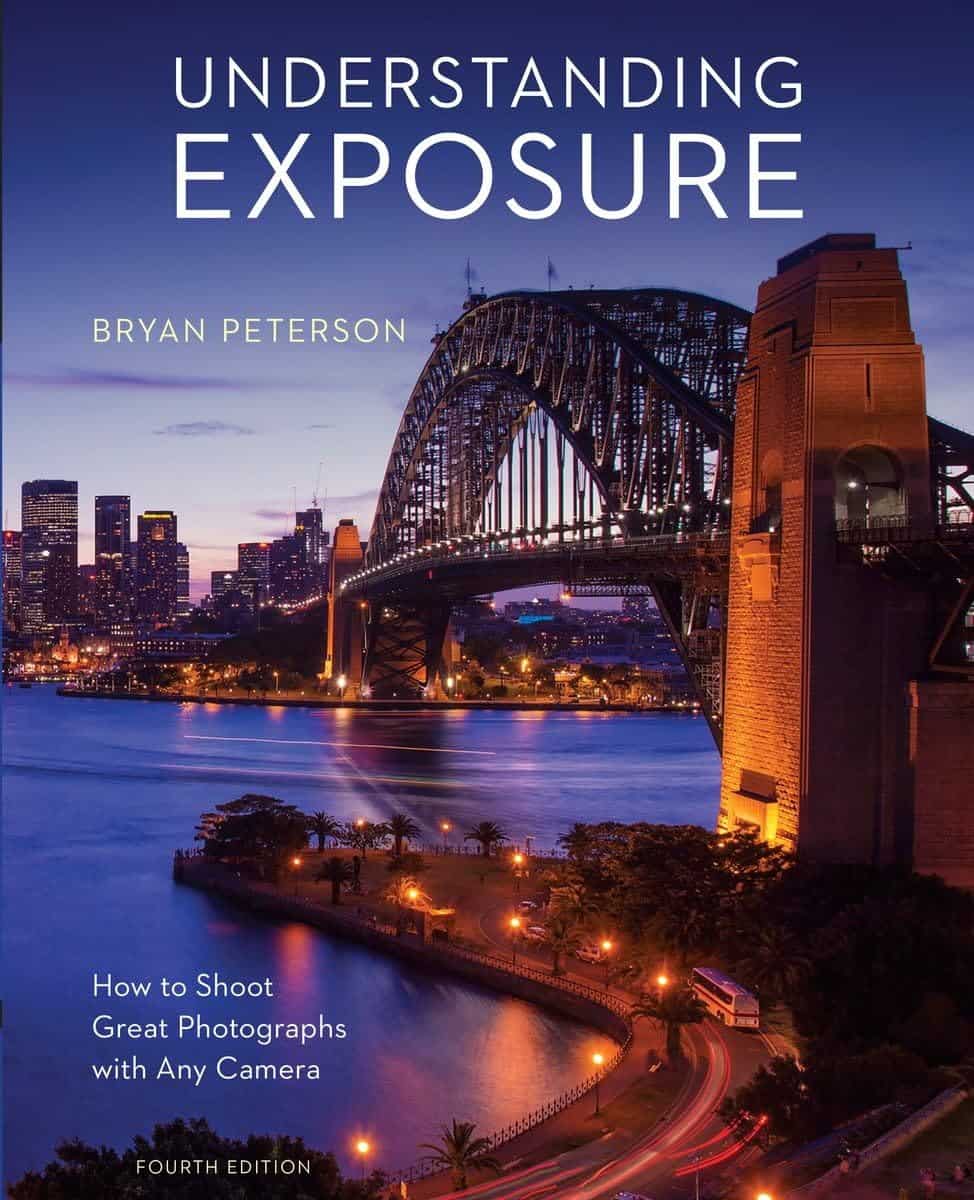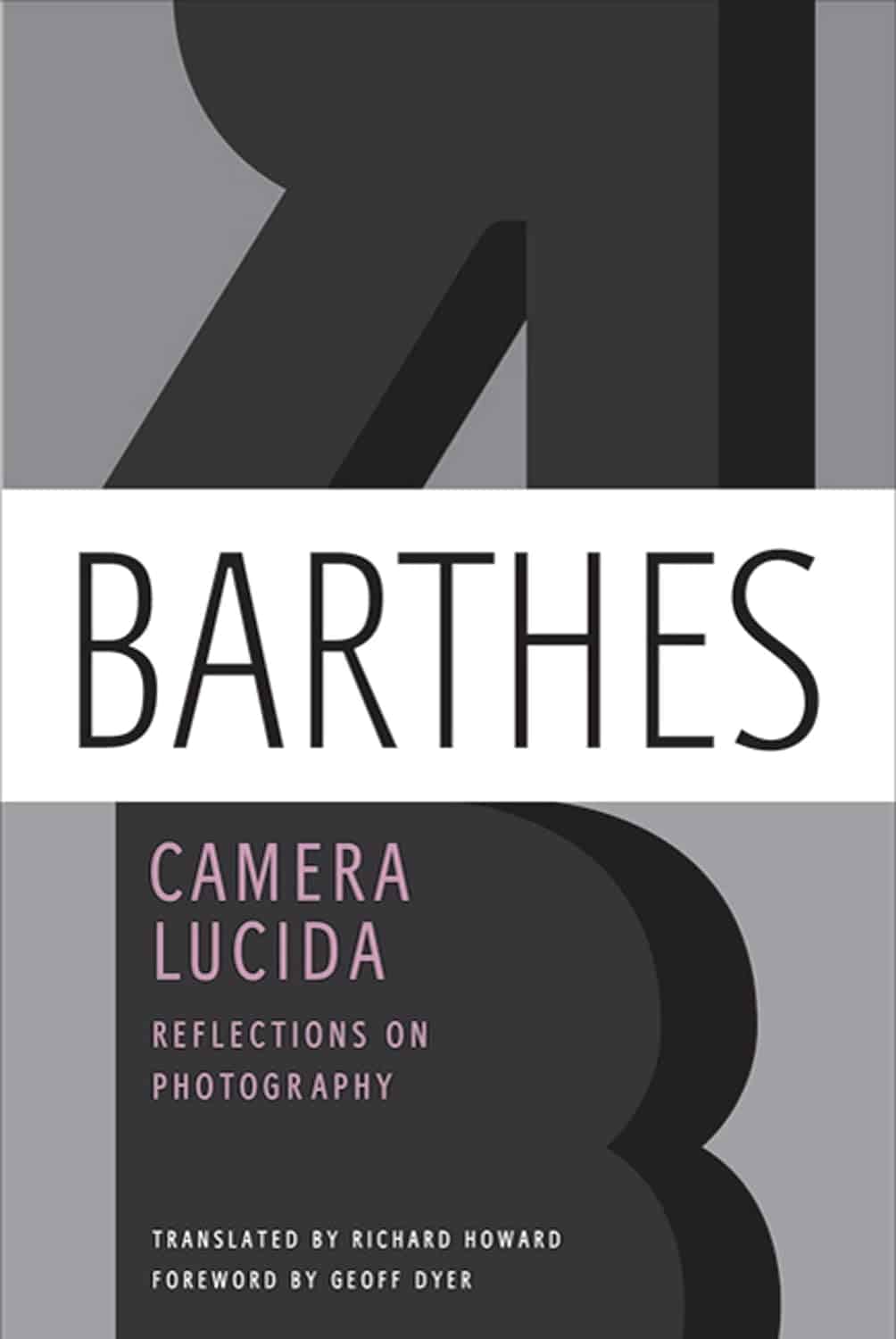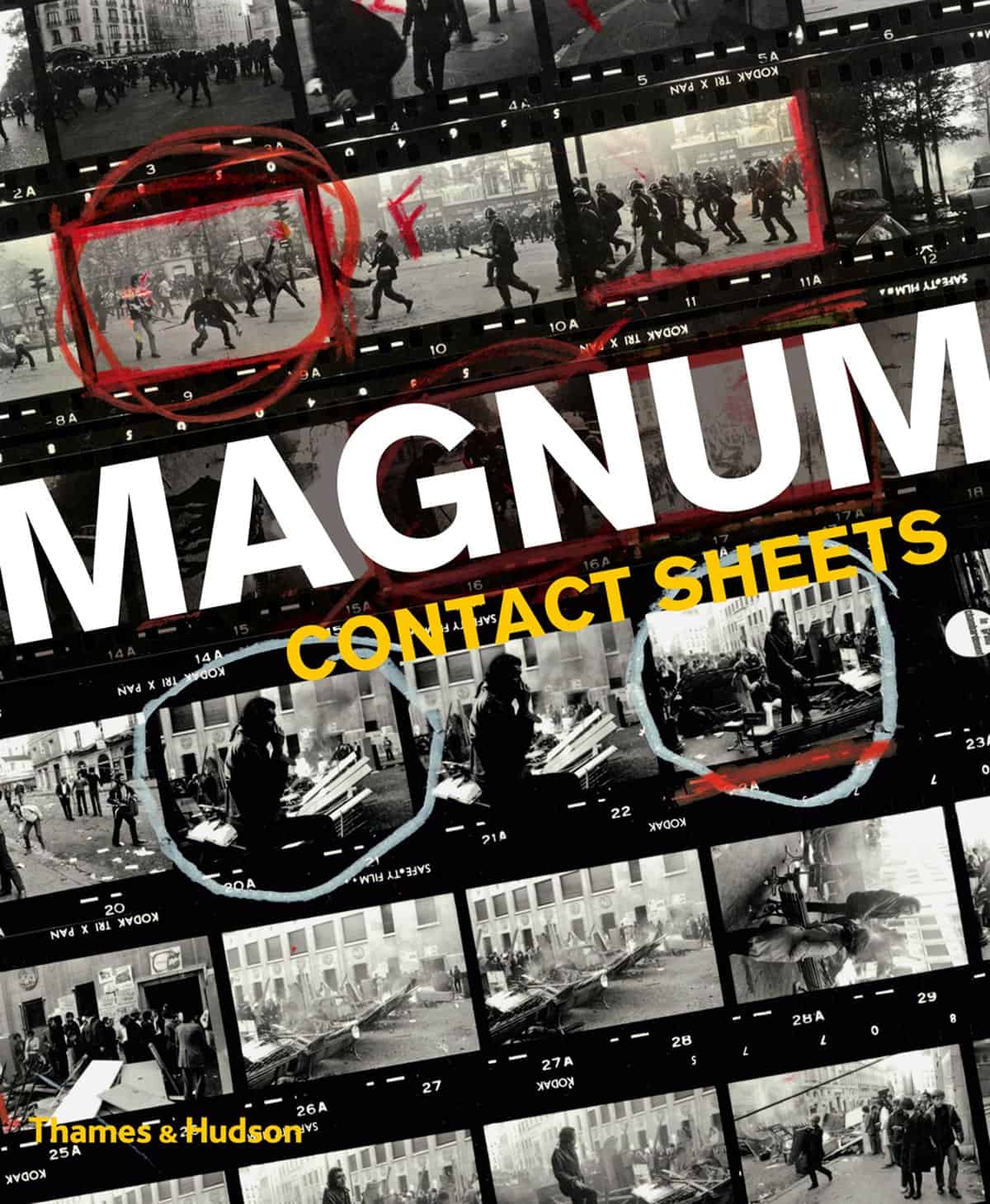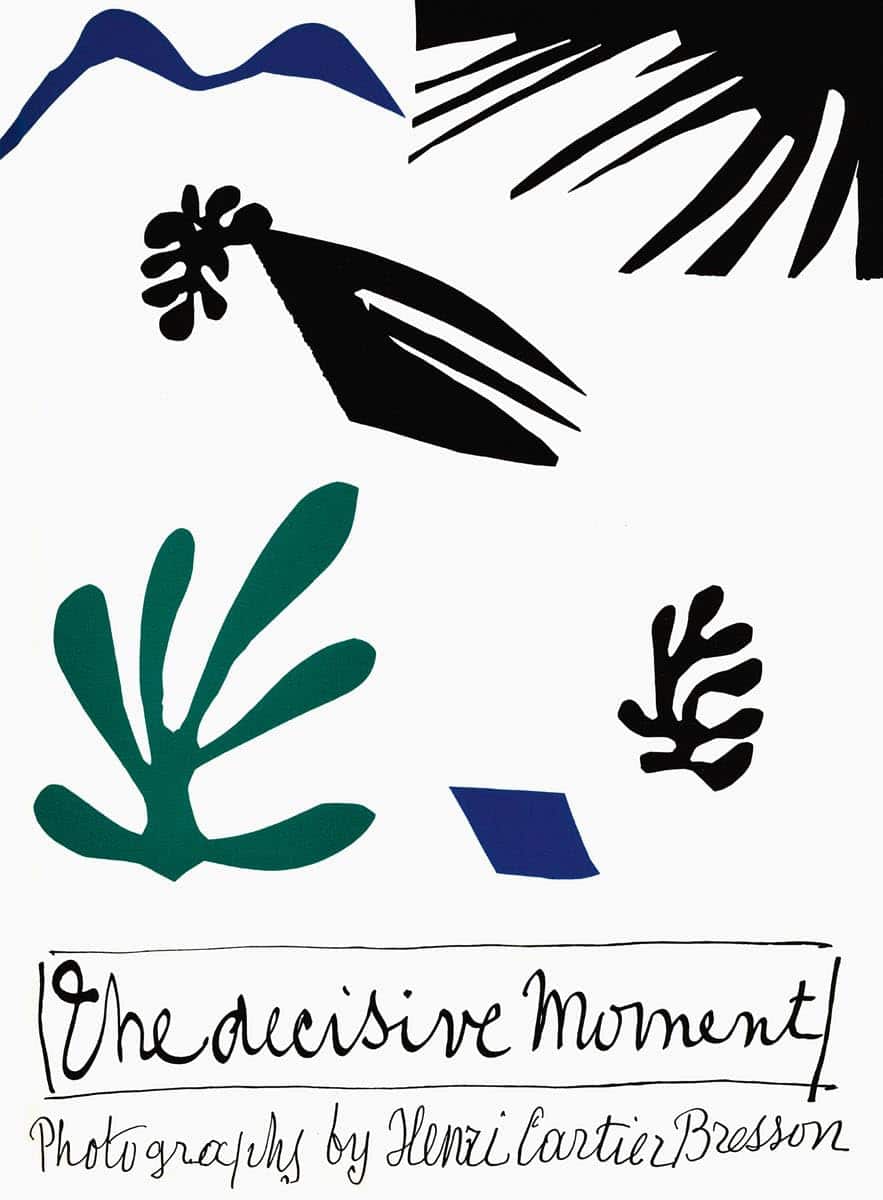For those looking to improve their photography skills, a good photography book can be a valuable resource. The top ten photography books on the market today offer a blend of practical skills, artistic insight, and philosophical musings that can guide readers on a transformative journey through the art and science of image-making.
These books not only equip readers with technical knowledge but also encourage exploration of the profound emotional and intellectual dimensions of photography. With world-class images and inspiring content, these books are sure to ignite a passion for photography and help readers take their own images to the next level.
1. On Photography by Susan Sontag
Susan Sontag’s book “On Photography” is a collection of essays that focuses on the philosophical and societal implications of photography. Published in 1977, it offers a reflective read that explores the psychological and philosophical dimensions of photography.
Sontag believes that photography has the power to promote radical political change, and her work was firmly focused on achieving this goal. The book provides readers with a deeper understanding of why we photograph, which is often more important than how we do it. Overall, “On Photography” is a seminal and groundbreaking work that is still relevant today.
2. The Photographer’s Eye by Michael Freeman
The Photographer’s Eye by Michael Freeman is a comprehensive guide that delves into the essence of image-making and explores the traditional approaches to composition and design. The book emphasizes the importance of composition in creating a successful photograph and highlights the graphic elements that make a picture great.
The guide covers both traditional and new digital techniques, including shooting with the knowledge that a picture will later be edited, manipulated, or montaged. The book was first published in 2007 and was updated in 2017 to reflect new technologies.
The key takeaway from this book is that photographers can enhance their compositional skills by understanding the elements that create visual impact. The Photographer’s Eye is an essential resource for photographers looking to improve their craft and create compelling, effective images.
3. Annie Leibovitz at Work by Annie Leibovitz
Annie Leibovitz, the renowned portrait photographer, provides an inside look at her creative process in her book, “Annie Leibovitz at Work.” Readers gain insight into her experiences, equipment, and thoughts behind some of her most iconic shots. T
he book covers a range of topics, including photojournalism, studio work, photographing dancers and athletes, working with writers, and transitioning from film to digital cameras. Originally published in 2008, the book was fully revised and updated in 2018.
Key Takeaway: Readers can learn about the intricacies of portrait photography and the stories behind some of Leibovitz’s most famous shots.
4. Photography and the Art of Seeing by Freeman Patterson
Freeman Patterson’s book, “Photography and the Art of Seeing,” is a well-known guide for photographers seeking to enhance their creativity. The book emphasizes the importance of seeing the world through a different lens, and offers techniques and exercises to help readers break free from traditional design concepts.
By developing a keen awareness of their surroundings, photographers can better compose their photographs and tap into their creative intuition. Overall, the book encourages readers to cultivate a fresh perspective and approach their photography with a new level of creativity.
5. Street Photography Now by Sophie Howarth and Stephen McLaren
Street Photography Now is a book that showcases the works of 46 street photographers, including renowned names such as Bruce Gilden, Martin Parr, and Alex Webb. The book explores the candid, unexpected, and often serendipitous moments captured on city streets worldwide, allowing readers to get up close and personal with the world’s best street photographers as they capture the drama of everyday life at 1/125 of a second.
In addition to the stunning photography, the book features four thought-provoking essays and a global conversation between leading street photographers that explore the compelling and often controversial issues in the genre. The book also includes a select bibliography and a resource section for aspiring street photographers.
The key takeaway from Street Photography Now is the opportunity to delve into the diverse world of street photography and its evolution in the modern era.
6. The Negative by Ansel Adams
Ansel Adams’ book, The Negative, is a classic work that has taught generations of photographers the techniques for achieving high-quality prints. The book emphasizes the importance of visualisation and the photographer’s intent in the film development process.
Adams’ own work serves as examples to clarify the principles discussed in the book. The Negative is part of a three-book series on photography and remains a huge influence on photographers around the world today. The key takeaway from this book is to master the art of print-making and to understand the value of pre-visualisation.
7. Understanding Exposure by Bryan Peterson
Bryan Peterson’s book, Understanding Exposure, is a comprehensive guide that simplifies technical jargon for readers to understand. The book is filled with colourful and inspiring images that demonstrate how to create well-exposed images.
Peterson breaks down complex concepts such as aperture, shutter speed, and ISO, making it accessible for beginners and aspiring professionals alike. The key takeaway from this guide is to gain a clear understanding of the fundamentals of exposure and how they interplay. Overall, Understanding Exposure is a valuable resource for anyone looking to improve their photography skills.
8. Camera Lucida by Roland Barthes
Camera Lucida by Roland Barthes is a thought-provoking book that delves into the essence of photography and its impact on the viewer. In this book, Barthes examines the relationship between photography, history, death, and theatre.
Despite its seemingly serious subject matter, this classic text remains relevant today as a unique exploration of how photographs create meaning and evoke emotions. One key takeaway from this book is to reflect on the power and essence of photographs beyond their visual content.
9. Magnum Contact Sheets
Magnum Contact Sheets is a unique book that provides a rare glimpse into the creative process of Magnum photographers. The book features a total of 139 contact sheets, representing 69 photographers, along with zoom-in details, selected photographs, press cards, notebooks, and spreads from contemporary publications such as Life magazine and Picture Post.
The book also includes texts written by the photographers themselves or by experts chosen by members’ estates. The book’s key takeaway is to help readers understand the selection process and the journey from shooting to the final image. Through this book, readers can gain insight into the creative process of some of the world’s most renowned photographers.
10. The Decisive Moment by Henri Cartier-Bresson
Henri Cartier-Bresson was a French artist who revolutionized street photography by introducing the concept of the “decisive moment”. He believed that photography was all about capturing the perfect moment, which required impeccable timing and intuition.
His book, “The Decisive Moment”, published in 1952, has been considered a Bible for photographers, providing insights into his philosophy and techniques. Cartier-Bresson’s approach to photography is still relevant today, and his work continues to inspire generations of photographers. The key takeaway from his book is to understand the importance of timing and intuition in capturing the perfect moment.
